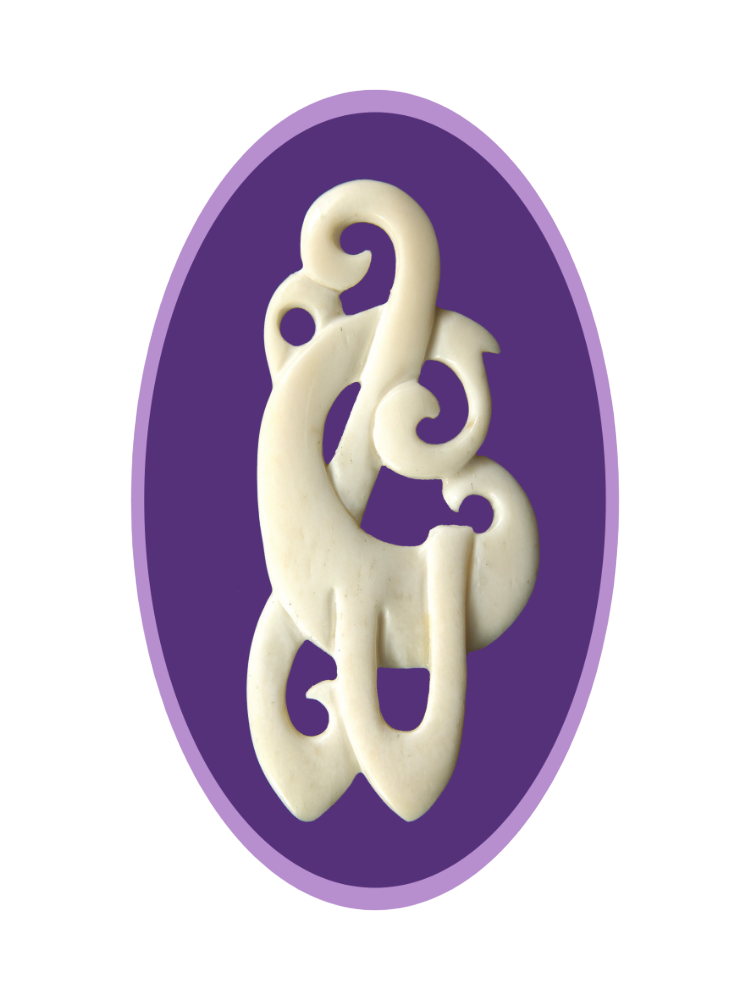Papers
Bones For Life
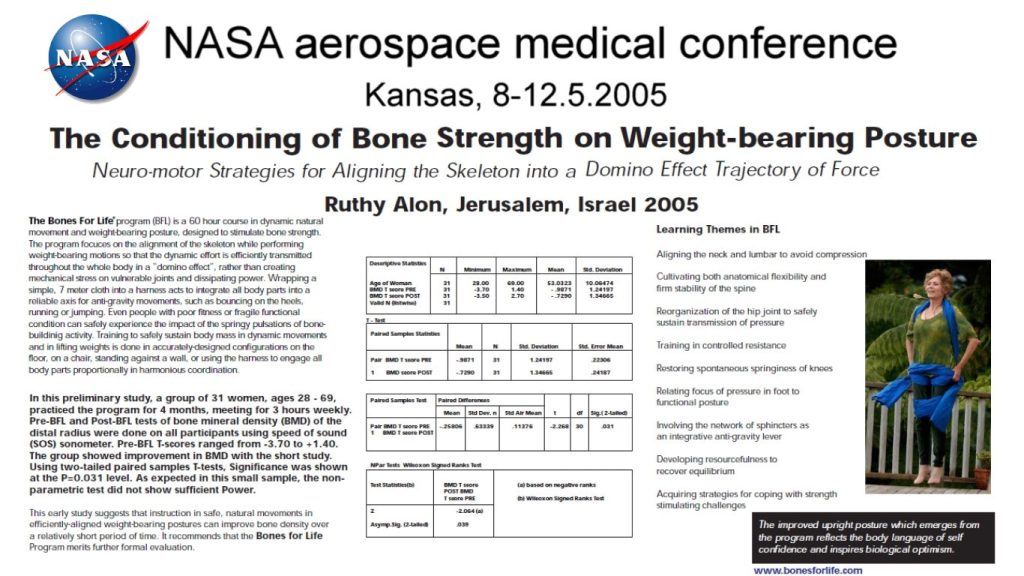
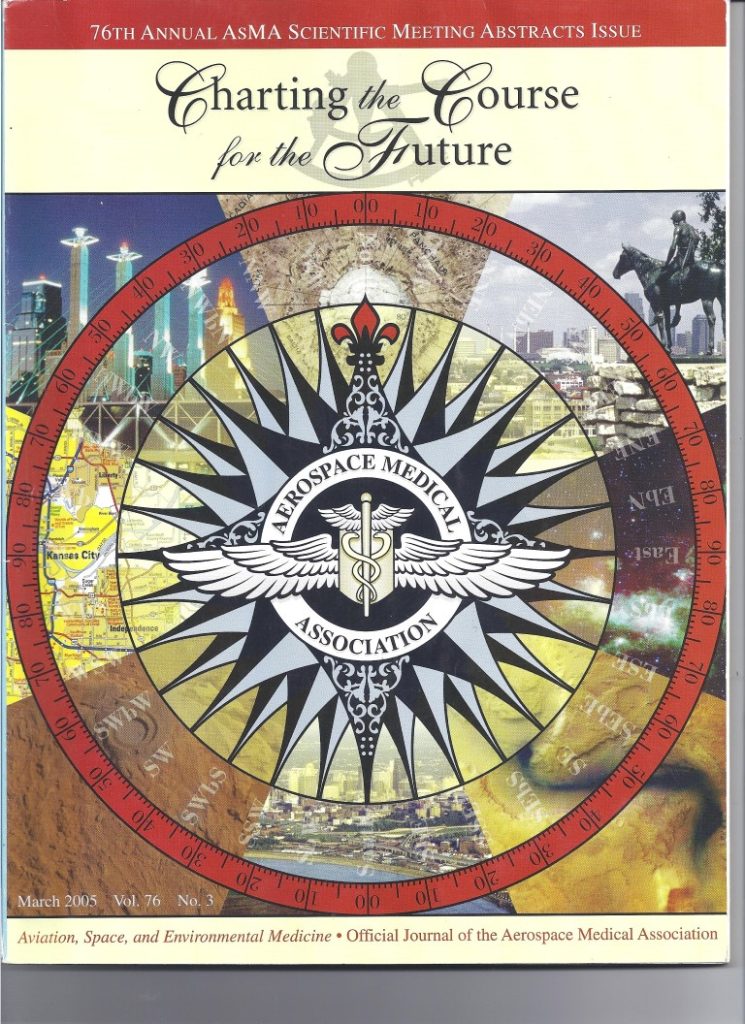
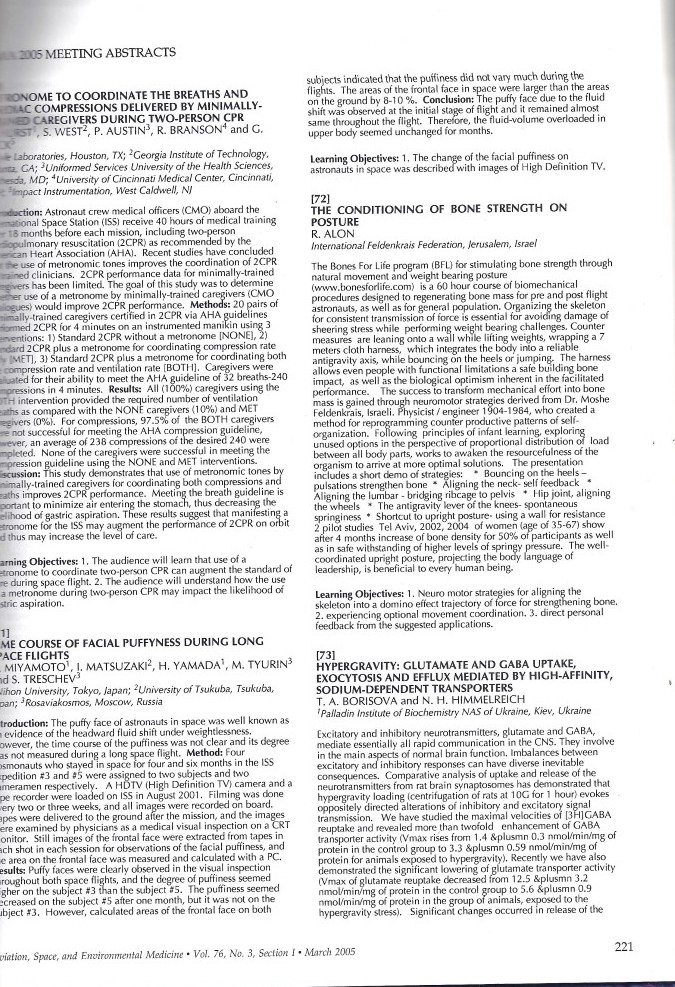
Walk For Life
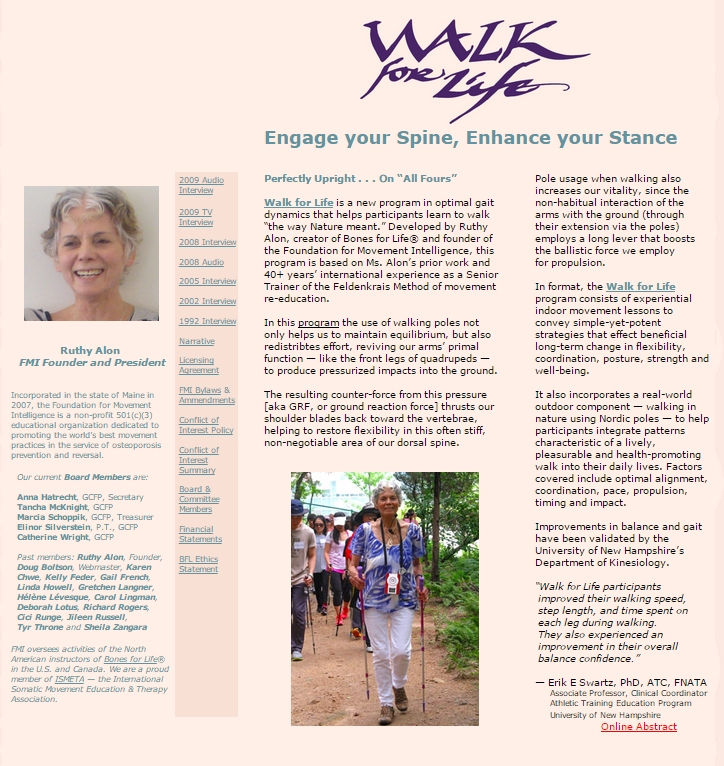
for Optimal Functioning
for
The Rationale Roots in Dr. Feldenkrais Approach to Somatic Learning
The Early life Model for Sensory Feedback based Autonomous Self-Improvement
Feldenkrais’ key observation is that the natural development of movement skill during the early stages of life occur in a totally autonomous, self-directed context — in the primal, pre-verbal layers of the brain, without reliance upon any external guidance.
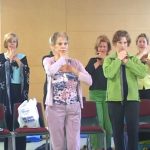
The infant’s natural acquisition of movement is thus accomplished through a dialogue between an internal urge, or an intention to satisfy a particular need, and the sensory feedback that accompanies these trial-and-error explorations as it seeks to fulfill these needs.
The infant settles on a satisfactory coordination only after trying out random experiments of various configurations, comparing and evaluating them through sensation. In order for a particular pattern of coordination to become adopted — registered into his functional memory as a reliable routine for future use — the organism first needs to be convinced that this new pattern is feasible and answerers his urge. Such confirmation can only be gained after a specific pattern has been repeated many times, in different contexts, and feels both safe and comfortable. This qualitative criteria of safety and comfort is crucial factor in natural learning. It carries the insight that for a physical skills to be adopted to personal repertoire for spontaneous use you might not need to sacrifice your comfort with exaggerated effort, possibly to the point of causing pain. Nature is showing that the human baby succeeded in its first year to earn a his basic functions without this tall.

What Sets Feldenkrais Apart from other Fitness Methods?
This principle — of the organism trusting itself to discover optimal coordination on its own, through exploring multiple options that are sifted and selected beyond cognitive consciousness, in the sensory domain, for fulfillment of the motivating urge within safety and comfort — is what sets Feldenkrais’ approach apart from other methods of developing physical fitness. This natural way differs from our culture’s common approach to physical education, in which an authoritarian outside expert, presents the right model goal and people are excepted to imitate this final product to the best of their ability, sometimes ignoring their inner clues.
In contrast, Feldenkrais applies the infant’s methodology of autonomous learning to mature adults, including those who suffer from a wide range of functional disturbances and limitations. Followers of his method are guided to notice the inner world details of coordination by pursuing numerous variations on a specific movement theme. The explorations are guided verbally, without any visual demonstration that might imply some desired outcome imitation. Permission is given to follow the suggestions at one’s own pace, to use minimal effort, and to work within one’s comfort zone by lying down on the ground — free of concern with gravity, balance, and any social considerations. Students thus find themselves under protected “greenhouse” conditions, as only under safe atmosphere they will likely be ready to try un-familiar patterns, The safety is needed in order to neutralize, for a while, their automatic dominance of habits and allow them to explore different new patterns of coordination, thus re-setting their self-judgment mechanism, which might have been shut down under layers of sealed habits.
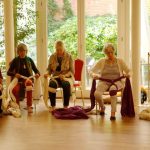
The subconscious way to improve self-organization
At the end of these non-habitual explorations the discovery of an improved coordination often emerges spontaneously. This final performance — of a more desirable self-organization, sensed both subjectively and objectively — originates from trusting the core primal knowledge of the organism, listening to the subconscious compass, which knows how to navigate, with no words, every living creature’s movement.
Beyond leading a student’s body to spontaneously discover a better coordination for a given movement objective, the main point of this learning process is to sharpen one’s innate judgment mechanism, and get in touch with one’s native resources, through which each creature knows unerringly, through internal sensation, how best to navigate its actions to his own advantage. This sensory-based process of evaluating differences in efficiency awakens in the individual his movement intelligence, and restores his trust in his innate, fundamental instinct for existence.
In contemporary culture it seems as if this determined, vital, assertive drive has faded away. Perhaps it has atrophied from lack of use, given the relative comfort afforded us by modern civilization, which spares us from moving our bodies unnecessarily, and enables survival even under very low degree of vitality. Perhaps this primal urge has been buried away under layers and layers of limited movement habits, which have become fixed in us with the tenacity of an addiction.

The Self-Correcting Organism
The artful upgrading of people’s less than perfect movement routines is Feldenkrais’ legacy. Due to the strength of habits, the challenge of improving adult coordination is no different from the challenge of weaning them from an addiction. Obviously, using discipline to overcome addiction bears poor results. Instead, Feldenkrais discovered he could improve an adult’s movement quality by following in the footsteps of the growing baby’s formulae for acquiring competence, which is based on attending to internal signals. By communicating with the subconscious, through the language of sensation, Feldenkrais found that he could successfully restore optimal function in a gentle, non-violent, and non-coercive manner that circumvented the addictive pull of habit. To his clients, the newly found mobility and sensation of spontaneous upright posture yielded a shift in self-perception that transformed them from feeling like helpless victims into filling them with hope and inspiration. And the most inspiring realization of all was that it all depend on themselves, and they have both the general principle and the ever creative roadmap of endless aspects for the healing exploration of options.
Improvements that emerge from the subconscious are spontaneous adjustments that often come as a surprise, even to the student himself.
The change that comes from within feels like it is cast on the entire body as a complete Gestalt, in which every part of the body is engaged in harmony with all the rest. This is a remarkable moment of making peace with standing upright, a full self acceptance.
It would have been impossible for our intentional, cognitive programming faculty to calculate and control the complex inter-relationships of so many factors coming together in this kind of harmony. It is only the pre-cultural resources of our organism that are capable of orchestrating the multi-layered components in harmonious coordination, as they did for eons of time.

Integration — The Key to Organic Re-organization
Guiding a mature adult to successfully modify his policy of movement management, and to spontaneously upgrade its quality, can be accomplished effortlessly by re-enacting nature’s primal process of learning, as seen in the developing infant, and as modeled in the approach pioneered by Feldenkrais.
Feldenkrais borrowed from Nature the qualitative organizing principle most characteristic of all organic life: integration. From the perspective of integration, the living body coordinates its activity as a network of interrelationships among all its parts, in which each part both affects and is affected by all the others. According to the integrative approach, the ability to change — and restore function in a specific isolated area, especially a problematic one, relies upon a global re-adjustment that recruits harmonious support and cooperation from every other area of the body.
This might open the ability and readiness of all other parts of the algorithm to alter, even though they don’t suffer. Just like in Family therapy, we have to heal the relationships not the problem, the software harmony and not the hardware muscle.
In tune with following the clues from nature, the configurations used for the Feldenkrais’ guided explorations are based on evolutionary patterns of locomotion, ones that nature had relied upon for millennia. In distinct contrast to man-made, artificial and muscle oriented exercises, like extreme stretching or specific acrobatic positions, the functional configurations of the dynamic locomotion derived from nature, have proven their necessity, efficiency, and problem-solving in support of existence.

